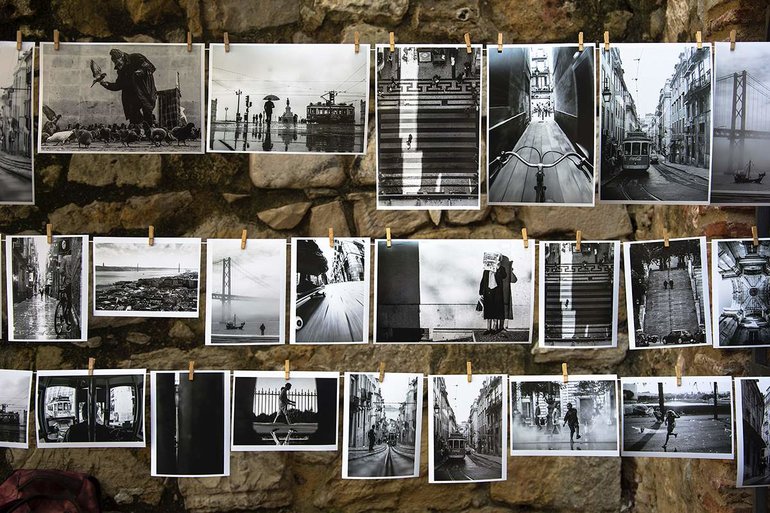How to exhibit your work if you’re not famous

This awesome advice and insight was written by Wouda Mc Micken of Outdoorphoto. Find her on on her blog, Instagram, and LinkedIn.
You don’t have to be famous to exhibit your work. Being famous certainly makes it easier, but there are steps you can follow to get your art seen. I've prepared a view pointers to help you get started.
Know your purpose
Think about what you want to gain by exhibiting your work. Is the purpose to gain exposure or to sell your work? If it is to promote your art, you might consider selling your art outside of galleries such as quaint café’s, local boutique stores or restaurants. You can also turn to social media or start an online shop. Tap into your creativity and think about the places that may be interested in showcasing your work.
If it is to sell, your artwork must be valuable. Does it have a rare story or involve an experimental technique? Let these questions guide you in telling your art’s story with confidence. If you’re able to explain why it moves you, you may be able to move others with your artwork too. Next, you need to find a target market that will appreciate your work. Who are the types of people who will pay money to have own such pieces of art? And what are they willing to pay?

Approach the right galleries
There a right and a wrong way to approach a gallery. The right way is to research the gallery before approaching them. Different galleries specialise in different styles of art, therefore, you should what they specialise in and whether your work will suit their style. Eliminate the ones that don’t match your style as chances are, they won’t attract the right clientele for your work.
Location is also important. Depending on your target market, they might prefer a niche pop-up gallery in an obscure part of town, or an accessible gallery with reasonable hours and safe parking. Now you can start thinking about the gallery’s space - literally. Do they have enough room to showcase your work? Depending on their space, are you prepared to exhibit in a group or solo?
Present a consistent body of work
It’s very important that your work communicates a similar story. Each piece of art may be different, but for it to be consistent it must feel like a series. Perhaps consider arranging your portfolio in a specific order to help viewers journey with you. Before presenting your work, you must sympathise with your viewer's feelings when walking through the exhibit. Large pieces induce a sense of awe while smaller pieces provoke deeper thoughts, curiosity and, even possibly, a sense of intimacy. Present your work in a way that leaves the viewer captivated!

Identify the right price point
If you wish to sell your work, you’ve likely already started thinking about how much your target market is willing to pay. With an estimation of how much your work is worth, you now need to determine your budget as it will influence everything from the size of your print to the type of paper to use and your work’s framing and mounting possibilities. Even on a lower budget, it’s always best to ask for professional advice on printing, framing and mounting. And while you should be careful not to overprice, be reasonable. A lot of time and effort went into its creation! Make it worth your while by finding common ground between what you want versus what people are willing to pay.
Develop an exceptional marketing plan
Once you’ve secured a gallery, you might be tempted to leave all of the marketing up to them, but your work is not done yet. Good marketing is vital to the success of your exhibition as it will determine the number of visitors it will generate. Discuss your ideas with the gallery and create a plan that will make the exhibition worthwhile for both parties.



